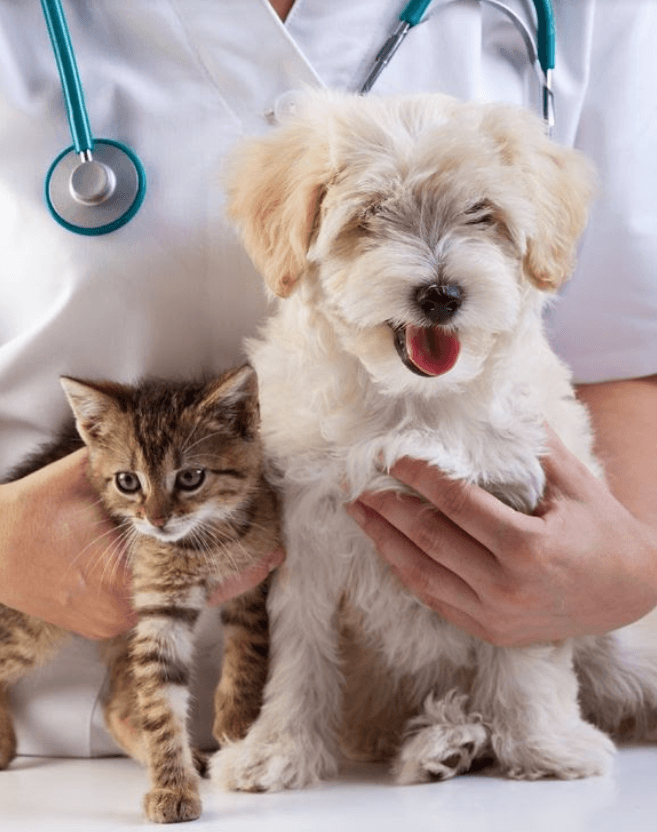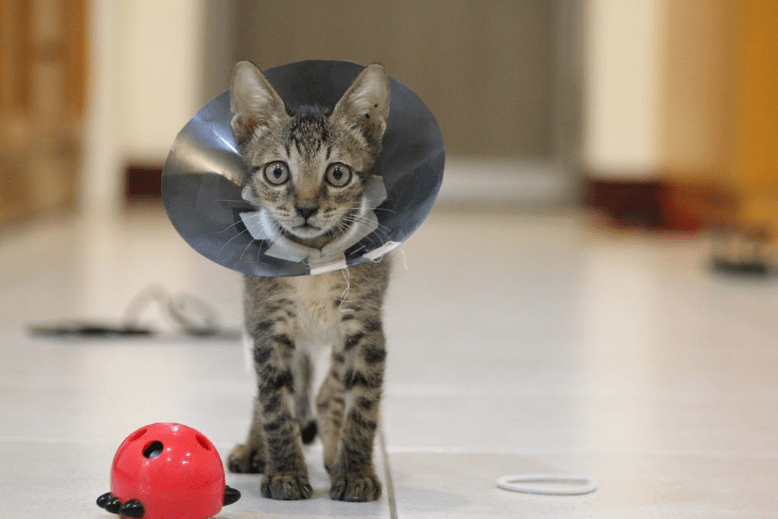At some point in the life of your pet, the odds are that you’ll have to provide post-surgical care to your four-legged best friend. If you purchased your cat or dog at a very young age, you are likely to need to provide care following surgery to spay/neuter them. Others may, unfortunately, experience their pet having an accident or illness that requires emergency surgical care. Regardless of the reason for the surgery, following the procedure, the vet will provide care guidelines for you to follow when bringing your pet home. Animal hospitals don’t provide extended care for recovery, so it’s up to you to step in. Fortunately, there are plenty of helpful tips you can follow to make post-surgical care for your pet easier. Here are just six ways you can care for your pet as they recover.

6 Ways to Care for Your Pet After Surgery –
1. Create a Safe Space
It is hard enough to convince a friend, sibling, or parent to take it easy following surgery, much less a pet. At least you have the ability to reason with a fellow human. There is no reasoning with your pet when it comes to activity levels, outings, and interactions with others. Just as the best thing for most people after surgery is rest, the same can be said of your pet. Following surgery, your pet needs to rest and relax, especially during the first 24 hours.
Generally speaking, this will apply to the first seven days following surgery unless the vet says otherwise. While you cannot reason with your pet, you can control their environment by creating a safe space for them in the home and confining them to that calm environment as much as possible. Of course, you’ll still need to let them outside for the bathroom, but as long as you’re keeping a close eye on them, that’s not going to be a problem.
Confining your pet after surgery helps facilitate recovery. Most pets are going to be groggy following surgery anyway, so make sure you provide them with the things they’ll need in a quiet space in the house. This ensures they aren’t riled up by other pets or people in the home and allows them to focus on recovery. Too much movement after surgery can delay the healing process at the incision site or even result in the incisions reopening.
2. Care for Incisions/Wounds
Speaking of wounds and incisions, it’s important to keep a close eye on those during the first 24-48 hours in particular. Even if you’re restricting your pet’s movements and keeping them in a calm environment, that doesn’t mean you won’t need to check on the incisions. If an infection occurs around the incision, the sooner you catch it, the better. Here are a few things to watch for:
- Increased redness around the incision site
- Green/yellow or reddish discharge, or blood
- Bad odors from the incision site
- Objects sticking out of the incision site
- The incision is warm to the touch
- Bruising or a bump near the site that seems to be growing
In the event you notice any of these signs around the incision, make sure you contact your veterinary office’s postoperative care line immediately and pass that information along to a qualified member of the team.
3. Proper Feeding Schedules
Throughout the first day and night that your pet is home following surgery, you’ll need to adjust their feeding schedule and keep a close eye on how they handle food. Most pets will not eat the first night they’re home following surgery, but if you wish you can offer up some food and water. It is recommended that you offer up half their normal food and water two hours after they return home. If they don’t eat, there’s no need to be concerned right away.
If your pet eats that half-serving the first night, then you can proceed to offer them a full serving of food and water the next day. If, however, your pet vomits following the half-serving of food and water you can remove both and leave them with just a little bit of water. You can try to reintroduce a small amount of food the next morning. Watch for continued vomiting and diarrhea as they begin to eat again, and call the veterinary postoperative care line if you notice either condition.

4. Administering Medications
For most minor procedures, vets are not likely to prescribe any sort of medications. The most common medications prescribed to pets are antibiotics to care for the incision site and pain relievers to help with discomfort. If you have a hyperactive pet, the vet may prescribe sedatives or anti-anxiety meds to help the animal remain calm so healing can occur without disruption. Regardless of the type of medication offered, be sure that you administer those meds to your pet as detailed on the labeling.
5. Watch for Signs of Distress
As your cat or dog progresses beyond the first 24 hours of surgery, you’ll be able to relax a bit. At this stage, you need to keep an eye out of signs of distress rather than managing every little facet of their day. Your veterinarian will go over a list of specific signs of distress common to a particular surgery, but in general, you’ll want to observe your pet so you can spot any of the following signs of distress:
- Bleeding
- Increased lethargy or weakness
- Loss of appetite and/or decreased water intake
- Shivering
- Changes in body temperature
- Unsteady movement
- Labored breathing
As with other issues mentioned earlier, you should immediately contact your vet’s postoperative care line if you notice any of these issues.
6. Make Sure You Have Contact Information
The most important thing you can do to care for your pet after surgery is to be informed. Your vet is sure to provide you with guidelines for their care following surgery and relevant contact information. If you misplace that information or have questions, don’t hesitate to contact your vet and ask. Make sure you keep that contact information handy during recovery so you can quickly address any changes in your pet’s condition you may notice.
Leave a Reply